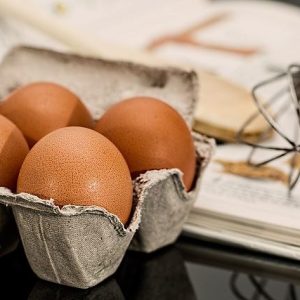이스라엘 전쟁: 역사적 맥락과 현재의 영향
중동의 긴장과 이스라엘의 역할 중동 지역은 오랜 기간 동안 다양한 이유로 긴장 상태에 있었습니다. 이스라엘과 주변 국가들 사이의 관계는 특히 […]
Juliette Gordon was born into a prominent Georgia family. Although her mother's family came from Chicago she was brought up as a southern lady.

중동의 긴장과 이스라엘의 역할 중동 지역은 오랜 기간 동안 다양한 이유로 긴장 상태에 있었습니다. 이스라엘과 주변 국가들 사이의 관계는 특히 […]

홈 베이킹이 대중화된 배경 코로나19 팬데믹 이후의 변화 코로나19 팬데믹 기간 동안 많은 사람들이 외출을 자제하면서 집에서 할 수 있는 […]